Legless Bronco Busting!!!
Hang on to your hats ladies and Gentlemen! Here’s the latest in Rodeo events, the newest, the wildest, the craziest yet, its LEGLESS BRONCO BUSTING!!! That’s right we said it, you heard it, Legless Bronco Busting. The new event that’s sweeping the rodeo circuits from Texas to Oklahoma, Wyoming to Oregon, Colorado to, well you get the picture. It’s everywhere. Are you bored with the same old wild mustang bucking horses that come out and jump around the arena for a while doing stupefying flying leaps and incredible horse-like acrobatics while trying to unseat its rider. The spectacular has become boring. You’ve seen it all before and you’re tired of it. So all that’s left is to head to the refreshment stand and drink some beer to break the boredom. Better to go hammer back a dozen longnecks then watch the same old Crow hop, sidestep, Sunfish, swap ends, flip over backward, bite you in the loading chutes, tired old antics of conventional buckers. If that’s where you’re at then this newest of the new events Legless Bronco Busting is right up your alley.
What’s wrong with the old stuff? Why do we need a new event? Well that’s easy. If you’ve been to a World Championship rodeo, say like the one in Vegas or Tucson with all that prize money and seen the same old dusty world champion cowboys riding the same old tired world-class bucking stock. Staying on for 8 seconds, throwing their hats in the air, wearing those big fancy belt buckles, lip packed full of Skoal, you know that deep down you’d like to see something fresh, something new, something that puts the shine back on your chaps. Well Legless Bronco Busting is just the ticket.
A little history about the event. Bronco busting has been around since way before Gene Autry or Roy Rodgers. It goes way back. Back even before Lash LaRue. Some say it was the first event ever held and prepared the world for what we now know as RODEO. Don’t know if I’d go that far, but it has been around for a long time. Way before TV anyway. But it’s gotten a little stale. The Boomer generation, which has practically ruled the world ever since they came into being, is getting a little long in the tooth. Aging, getting old. Some of them are way into their late 60’s 70’s and even their early 80’s and they still want to rodeo. They still want to ride the big rides. They still want to go the saloon for a shot and a beer and a fistfight. They want to chase, or at least shuffle, after those long-legged but buxom cowgirls that hang out in those smoky, whiskey infused places. They want to win those big belt buckles to complement their wide suspenders. They’re not done yet, not by any means. But what to do? They can’t even crawl up the sides of those loading chutes to board a bronc let alone stick on anything but a toilet seat for 8 seconds.
That’s where the genius of modern technology comes into play. Science in other words, the same stuff that brought you global warming. You all heard of genetic modification, or the cloning of that sheep, Dolly. That’s all done with science. You put some DNA into the hopper, usually about 6 or 7 pounds depending on what you want to make, dial-up what new animal you want, flip the 440 electrical switch and stand back as out pops a new sheep or goat or in this case a new kind of horse. That’s the secret right there to this newest of new rodeo events. A Legless horse. They made a legless horse! Cool beans, right? Well to be accurate the horse isn’t totally legless, that wouldn’t work, those suckers are heavy, no, it’s just a horse with radically shortened legs. Like only 6-8 in. long not counting the hooves. Using a mix of DNA from Lipizzaner stock out of Austria, known for it’s jumping ability, some Percheron stock out of France for its wide back, some Black Forest Horse, also called the Black Forest cold blood or Schwarzwälder Kaltblut, because it’s the rarest horse in the world and the guys doing this had a lot of money, and last but not least some DNA from a few broomtails out of the west Texas hill country because there was some left in the bottom of the bucket from another experiment.
What they got was the Legless horse, the meanest, orneriest, most unforgiving bucking stock on practically no legs. Now boomer cowboys can march up to the chutes, park their walker next to the gate, sort of lean over the back and fall on. It’s like getting on a Roomba that eats hay. The chute door opens and they hang on for dear life as the horse wallows and pitches and jumps dizzyingly into the air, leaps are often as high as 6-8 inches before slamming back down to earth in a bone-jarring crash, twirls slowly, rears back and does its damnest to throw that octogenarian rider into the next county. As you can see in the image above it’s a wild ride. Dust is flying, the horse is trying to rear up, it’s rolling and leaping, the ride is terrifying. So much so that you can see the rider clutching one of the stanchions of the chute gate thinking to save his life. Disqualifying for sure, but better than dying. No score for him today.
There it is folks, Legless Bronco Busting, the newest most electrifying rodeo event to come down the road since *Horse Spinning. Watch the PRCA circuit for its inclusion in its next major rodeo and don’t be surprised if it becomes a world-wide sensation. I know I will be.

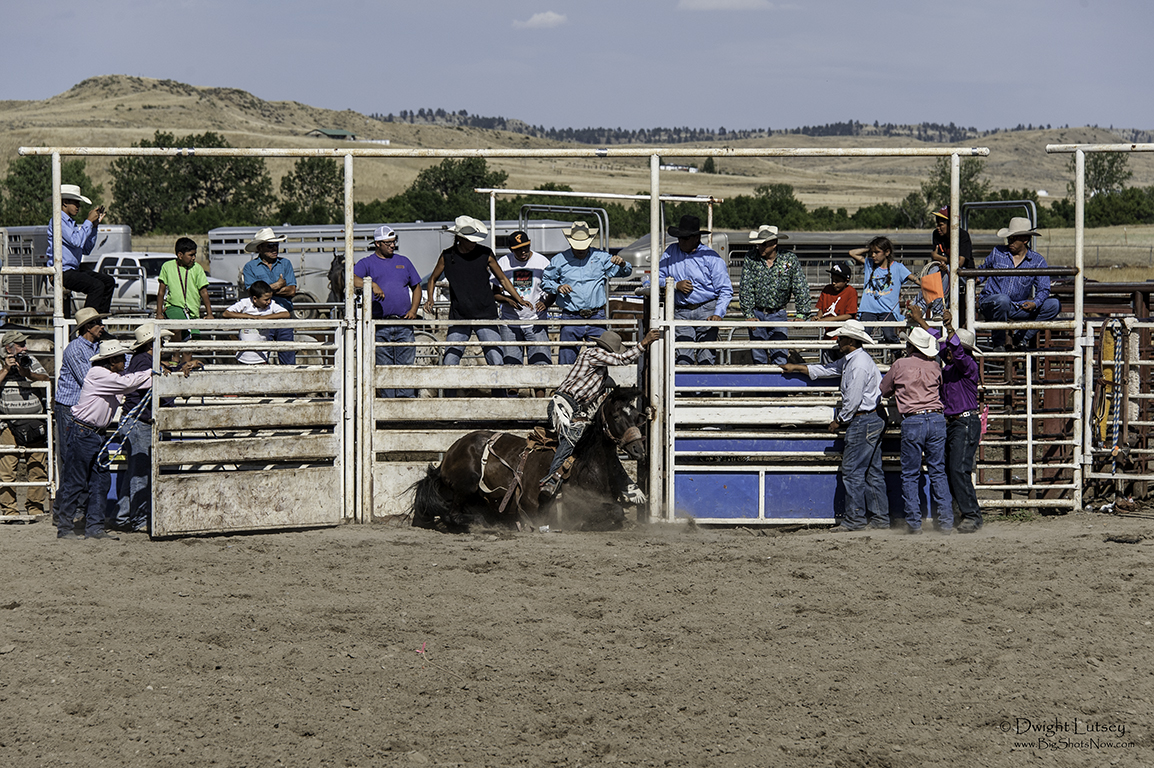
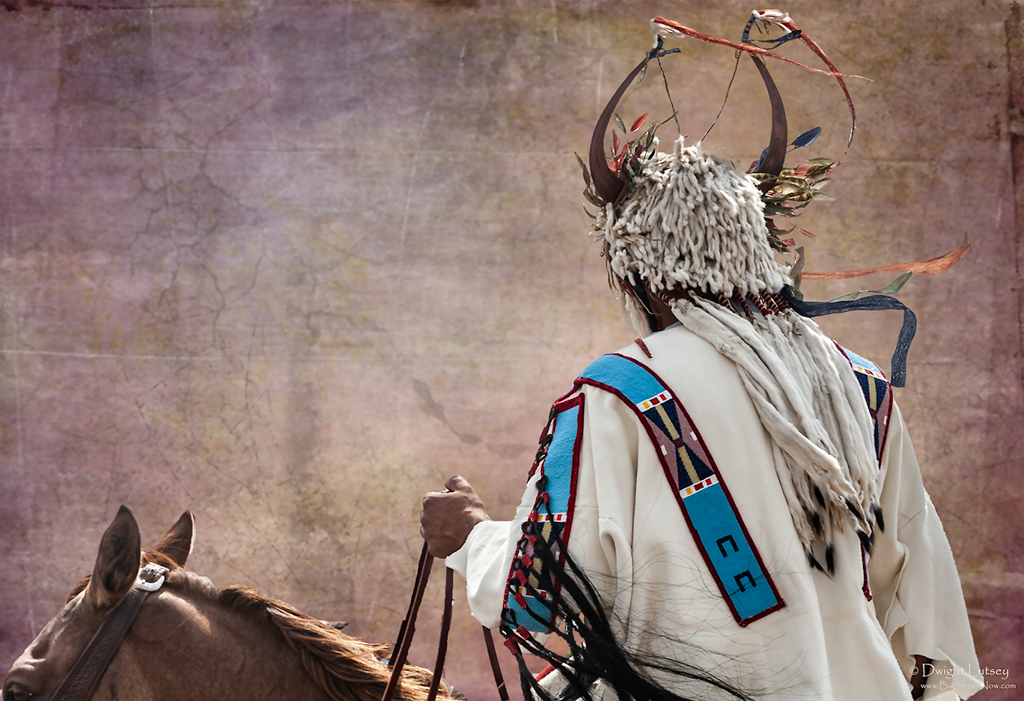
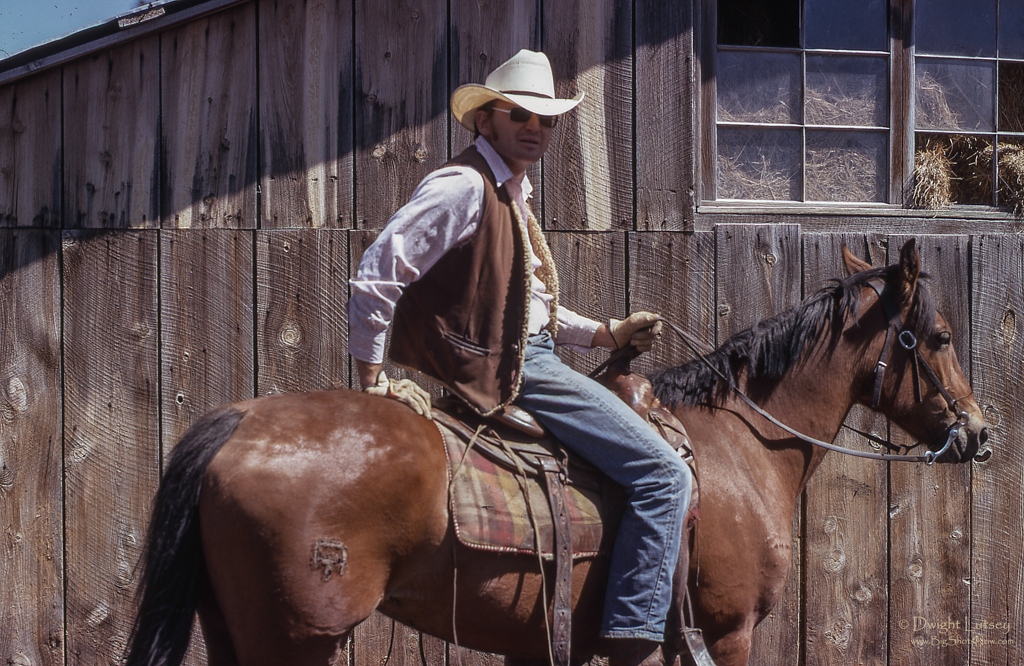
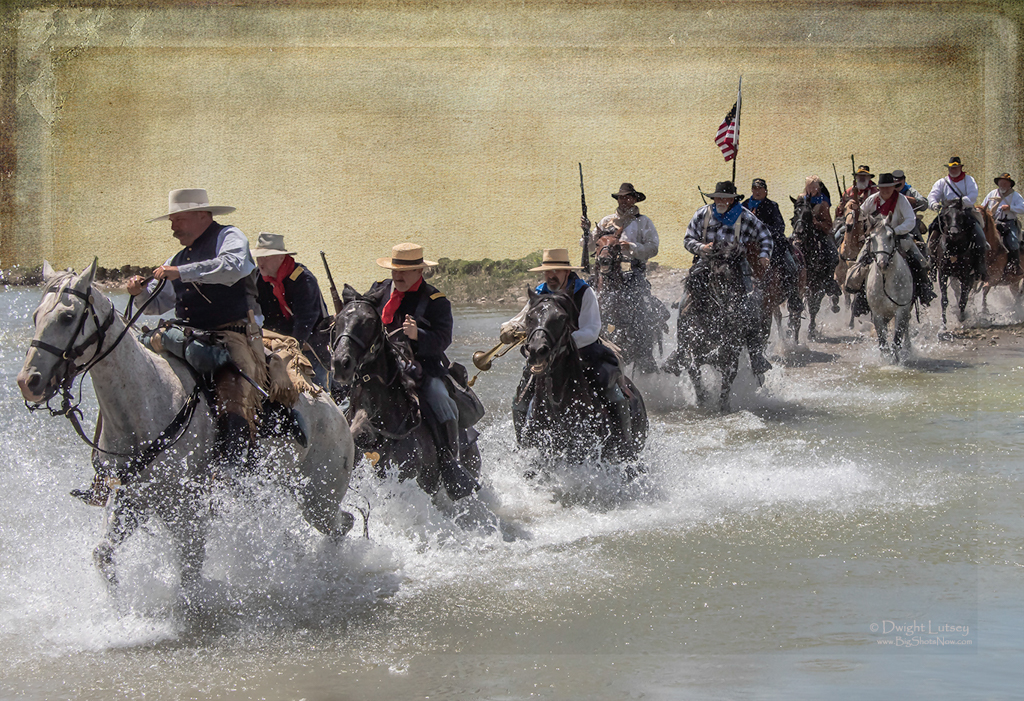
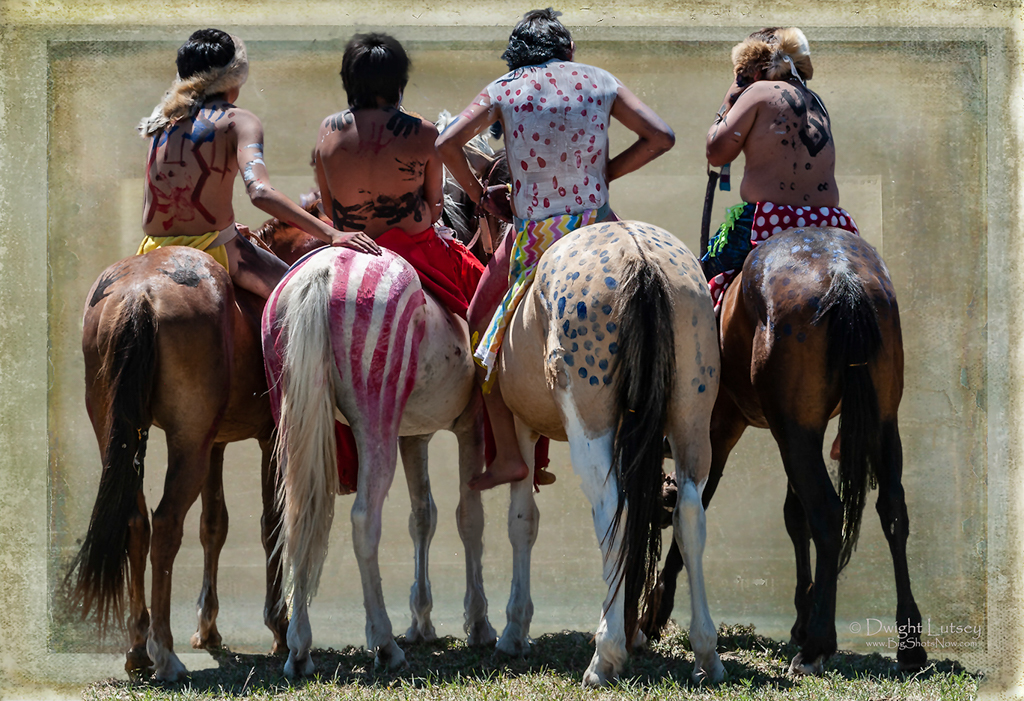
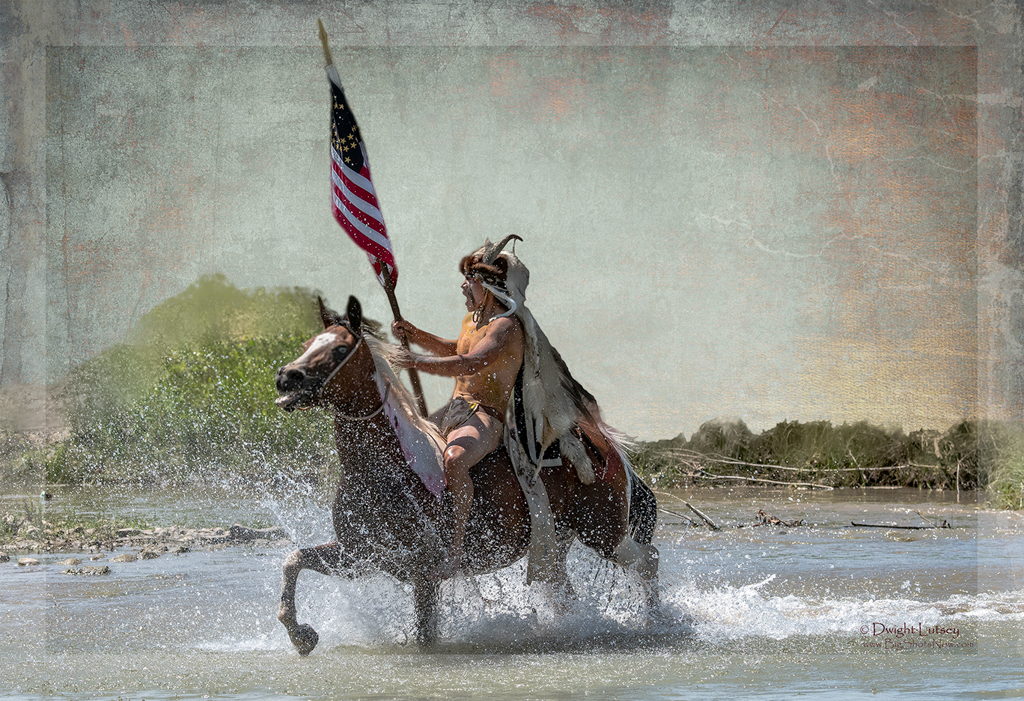
You must be logged in to post a comment.